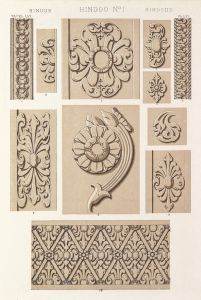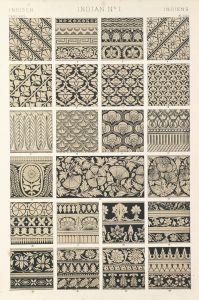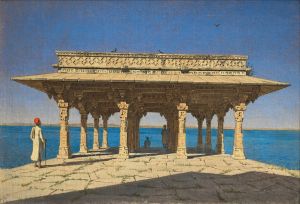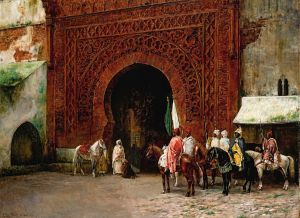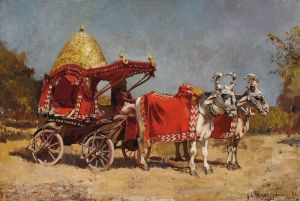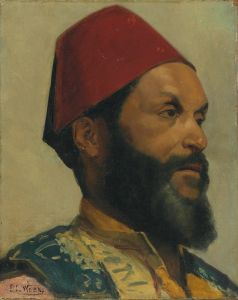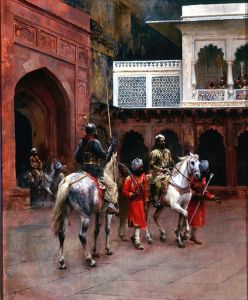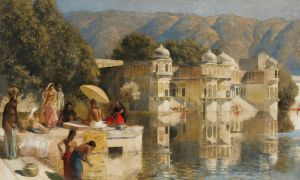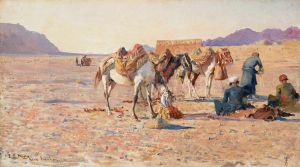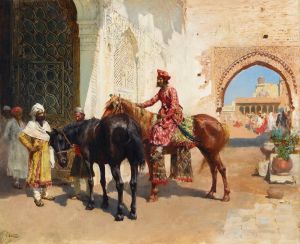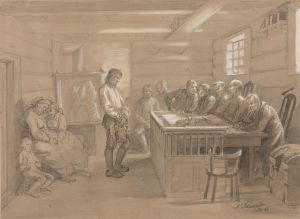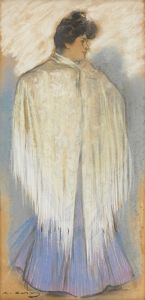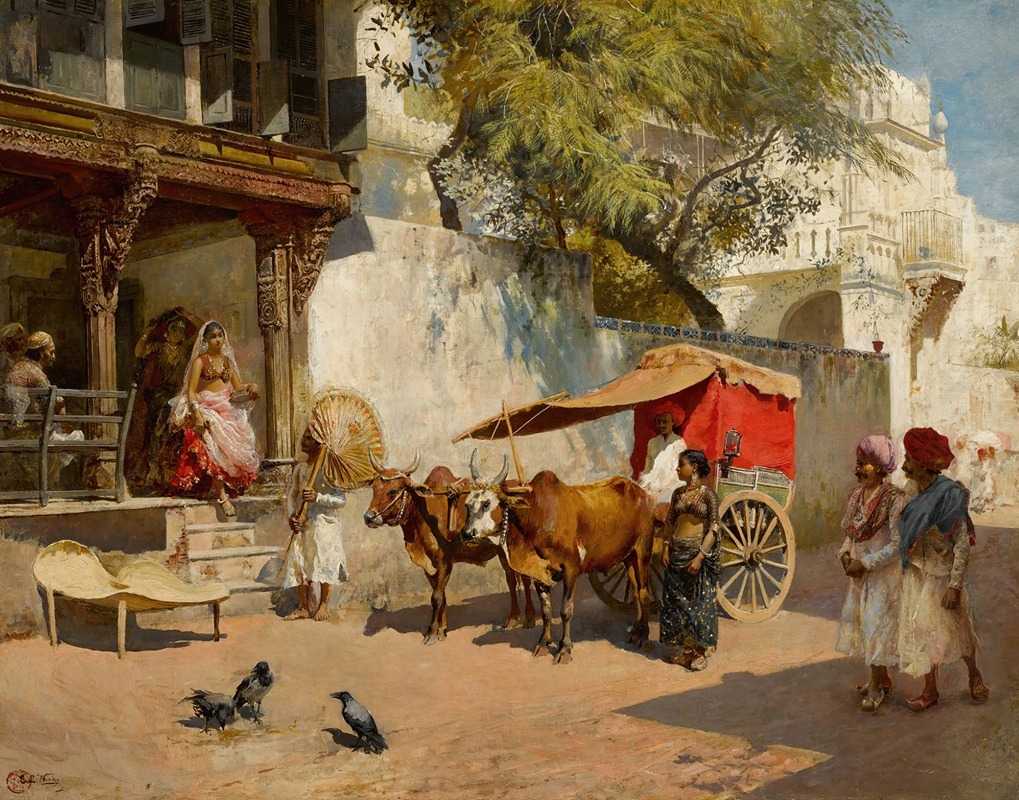
Nautch girls and bullock gharry, ahmedabad
A hand-painted replica of Edwin Lord Weeks’s masterpiece Nautch girls and bullock gharry, ahmedabad, meticulously crafted by professional artists to capture the true essence of the original. Each piece is created with museum-quality canvas and rare mineral pigments, carefully painted by experienced artists with delicate brushstrokes and rich, layered colors to perfectly recreate the texture of the original artwork. Unlike machine-printed reproductions, this hand-painted version brings the painting to life, infused with the artist’s emotions and skill in every stroke. Whether for personal collection or home decoration, it instantly elevates the artistic atmosphere of any space.
Edwin Lord Weeks (1849–1903) was a prominent American artist and orientalist painter known for his depictions of scenes from the Middle East, North Africa, and South Asia. His works often captured the architecture, people, and daily life of these regions with a high degree of detail and realism. Among his notable works is the painting titled Nautch Girls and Bullock Gharry, Ahmedabad.
This painting portrays a scene in Ahmedabad, a historic city in the Indian state of Gujarat. Ahmedabad was known for its rich cultural heritage, vibrant markets, and intricate architecture, making it a popular subject for artists and travelers during the 19th century. The title of the painting refers to two key elements depicted in the scene: "nautch girls" and a "bullock gharry."
Nautch girls were traditional dancers in India who performed for entertainment at royal courts, social gatherings, and festivals. The term "nautch" is derived from the Hindi word "nach," meaning "dance." These performers were skilled in classical and folk dance forms and were often accompanied by musicians. In Weeks's painting, the nautch girls are likely shown in their traditional attire, which would have included elaborate jewelry and richly embroidered garments, reflecting the cultural aesthetics of the time.
The "bullock gharry" refers to a cart or carriage drawn by bullocks (oxen), a common mode of transportation in India during the 19th century. Such vehicles were widely used for both passenger and goods transport, particularly in urban and rural areas. In the painting, the bullock gharry serves as a visual element that situates the scene within the context of everyday life in Ahmedabad.
Weeks's work is characterized by his meticulous attention to detail and his ability to capture the interplay of light and shadow. His paintings often convey a sense of atmosphere and authenticity, reflecting his firsthand observations during his travels. Weeks visited India multiple times in the late 19th century, and his works from this period provide valuable visual documentation of the region's cultural and social life.
While specific details about the creation date or current location of Nautch Girls and Bullock Gharry, Ahmedabad are not readily available, the painting remains an example of Weeks's skill in portraying the vibrancy and diversity of the places he visited. His works continue to be appreciated for their artistic merit and historical significance.





